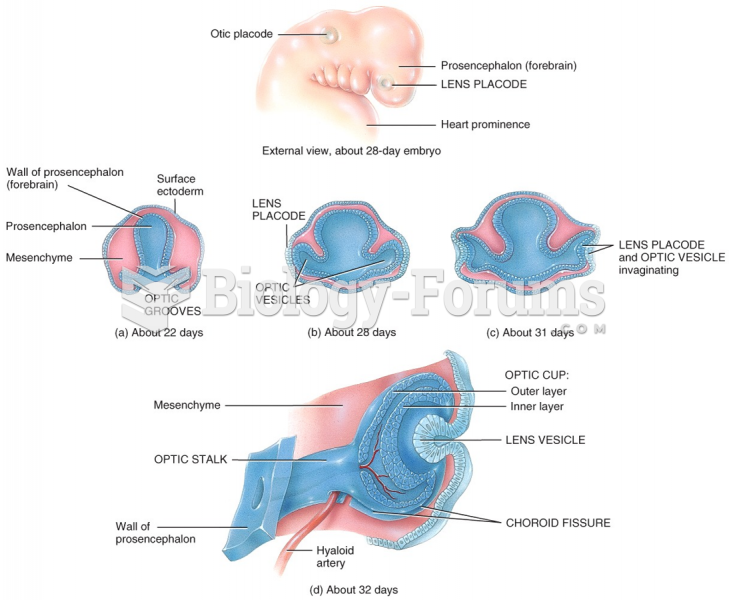Answer to Question 1
An encounter with traumatic stressors often poses a serious challenge to one's world view. A person's world view is a collection of assumptions and beliefs about oneself, others, and the world. Tedeschi and Calhoun liken an encounter with a traumatic stressor to an encounter with an earthquake in which a psychologically seismic event can severely shake, threaten, or reduce to rubble many of the schematic structures that have guided understanding, decision making, and meaningfulness. Assumptions regarding safety and security are likely to be seriously disturbed or undermined and may result in a shattering or shakeup of a survivor's pre-trauma world view. How a person adapts to these challenges determines how transient or chronic the trauma reactions and symptoms may be.
Answer to Question 2
The primary glucocorticoid secreted by the adrenal cortex is cortisol (known also as hydrocortisone) which accounts for over 95 of the effects on the body of this class of steroids. Cortisol is needed by cells for normal cellular function. Like epinephrine, it affects metabolism through the process of gluconeogenesis. It also somewhat reduces glucose use at the cellular level. The combined effect of gluconeogenesis and reduced cellular use of glucose is to increase the overall glucose concentration in the bloodstream.
Cortisol also promotes the liberation of fatty acids from fat stores in a process known as lipolysis for use as a fuel source and increases concentrations of blood amino acids (protein building blocks) in the bloodstream so they can be converted into glucose by the liver for muscle energy. This important steroid readies stress responses by increasing catecholamine synthesis at the neuronal level and by the adrenal medulla. It can sharpen memory functions of the hippocampus and increase sensitivity of the thalamus to sensory inputs. In addition, cortisol reduces inflammation and plays a role through a negative feedback loop in regulating central nervous system excesses. Along with psychological stressors, physical stressors such as intense heat and cold, surgical operations, and the experience of disease states will all increase cortisol levels.







